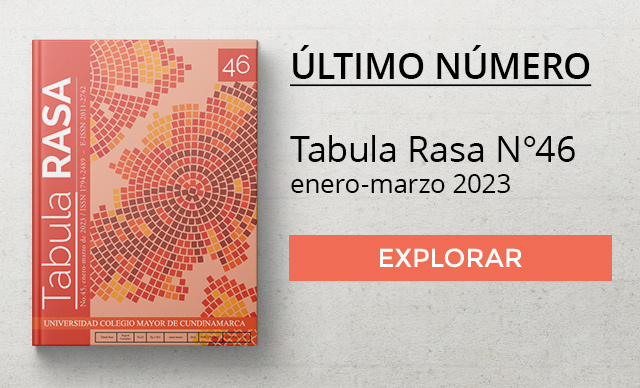DOI: https://doi.org/10.25058/20112742.n36.05
Mónica Martínez Mauri
https://orcid.org/0000-0003-1857-1146
Universitat de Barcelona, España
martinezmauri@ub.edu
Abstract:
The relationships that are built between human and plant collectives have been understudied by ethnography in the Isthmo-Colombian area. In this article, drawing on an ethnographic experience of more than twenty years among the Gunas of Panama, we study the modes of relatedness between humans, trees and subjectivized beings stemmed from the latter —the so-called Nudsugana: Anthropomorphic and zoomorphic wood carvings that harbor life. From an ontological approach, this case study describes three elements: (a) the place occupied by trees in the creation of the Guna world; (b) their role in healing processes, and (c) the co-residence of the Nudsugana. As a conclusion, interdependency relations between humans and trees are analyzed, showing that their lives, although intertwined, hold to logics of subjection and are framed within a hierarchical symbiosis.
Keywords: humanity, trees, Gunayala, ontology, exchange, co-residence with non humans.







